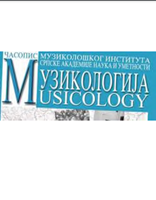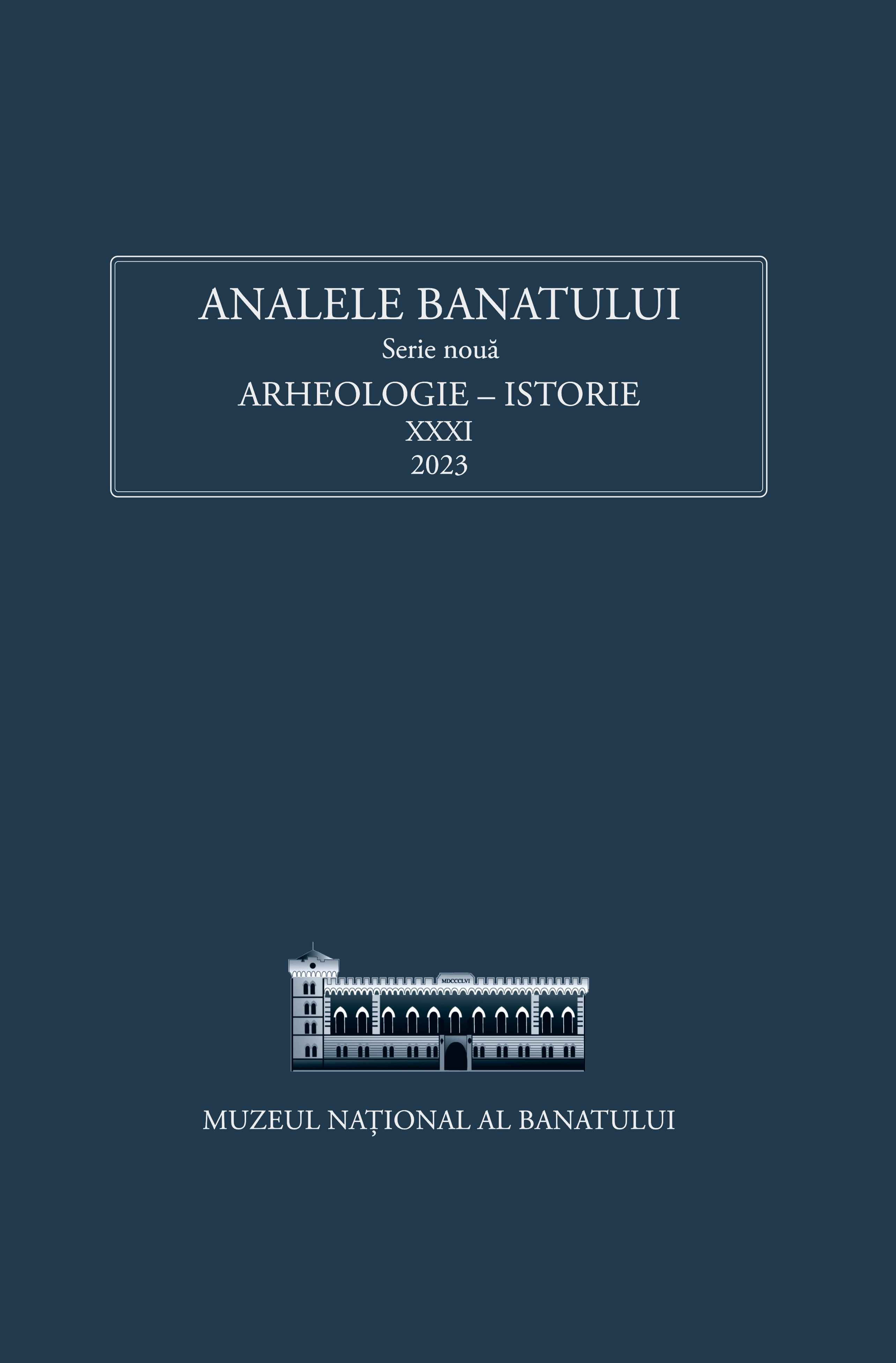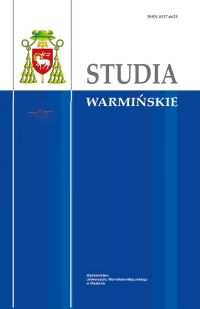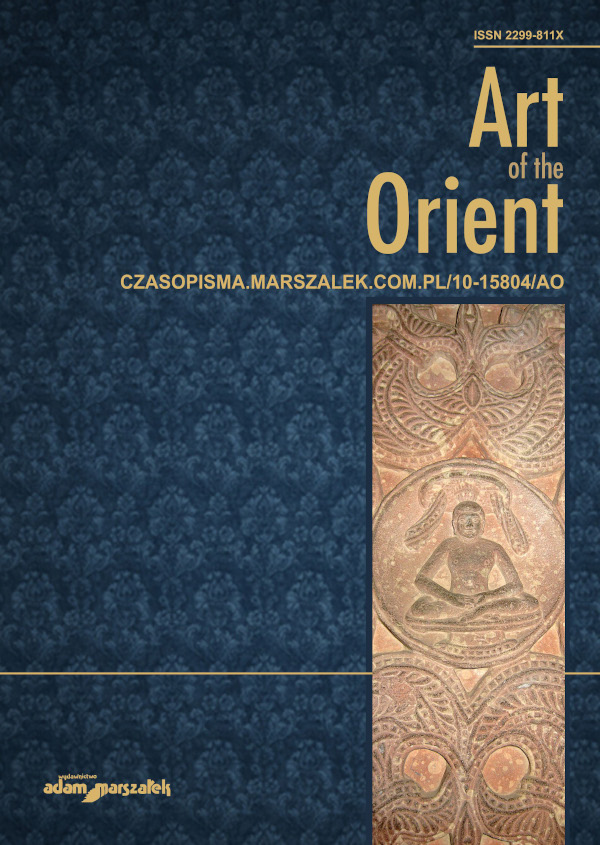Author(s): Călin Timoc,Mirela Boncea / Language(s): Romanian
Issue: 1/2023
The failure to organize the defense of the Habsburg fortress of Breissach in Bavaria against the French troops, in 1703, abruptly ends the brilliant military career of the genius engineer-general, Luigi Fedinando Marsigli. If on a personal level the dishonor to which he was subjected for the rest of his life brought him a lot of sadness, for us today we can consider this fact a „happy event”. It is practically the moment when, having blocked his chance to continue his career being with the imperial army, Marsigli finds himself forced to return home to Bologna, to his family’s house and to devote himself from now on to the science, a fact otherwise requested by the great university centers of France, Holland and England. They insisted that he should publish his field research gathered on the occasion of marking the borderline between the Habsburg Empire and the Ottoman Empire, according to the provisions of the peace of Karlovitz, from the year 1699. The geographical, historical and demographic knowledge about the Balkan space of the Western Enlightenment universities was very poor and Count Marsigli, as a naturalist and oceanographer already recognized (as a result of his brilliant youthful publications), was the ideal scientist, the only relevant one who could come up with hi-quality information as a witness of the place. As president of the border commission, Marsigli documented himself extremely seriously and thoroughly, often carrying out grueling fieldwork. The Turks often accused him of espionage and abuse in the way he imposed the line demarcating the border and how inquisitive and curious he was. In the two years that the border commission was in operation, it covered more than 1,400 linear km and made many drawings and sketches on the spot, with the precision of a topographer (a science that was not at all foreign to it). He also collected samples of stones, shells, plants and antiquities from all over. Being also a passionate hunter, he collected trophies and stuffed birds from the Balkan forests where he passed. He published all this information selectively, in a very scientific and attractive manner. His large collection of objects and documents are kept in the special fund of the University of Bologna, of the Institute of Sciences in Palazzo Poggi, they still represent a valuable source of information for today researchers of various categories: naturalists, biologists, geographers, geologists, historians, ethnographers, linguists and archaeologists. However, less known to the world is his activity as an antique dealer. With a solid knowledge of ancient material culture and connections in the good world of antiquarians in Italy, Count Marsigli will be very active in the world of European collectors. A good part of what he gathered: antiquities and rare objects, collected from his peregrinations as a soldier-crusader (as it was considered) will be capitalized especially in the 20s of the 18teen century, when the near perspective of a sickly old age and the chronic lack of money will force him to start this activity.
More...




